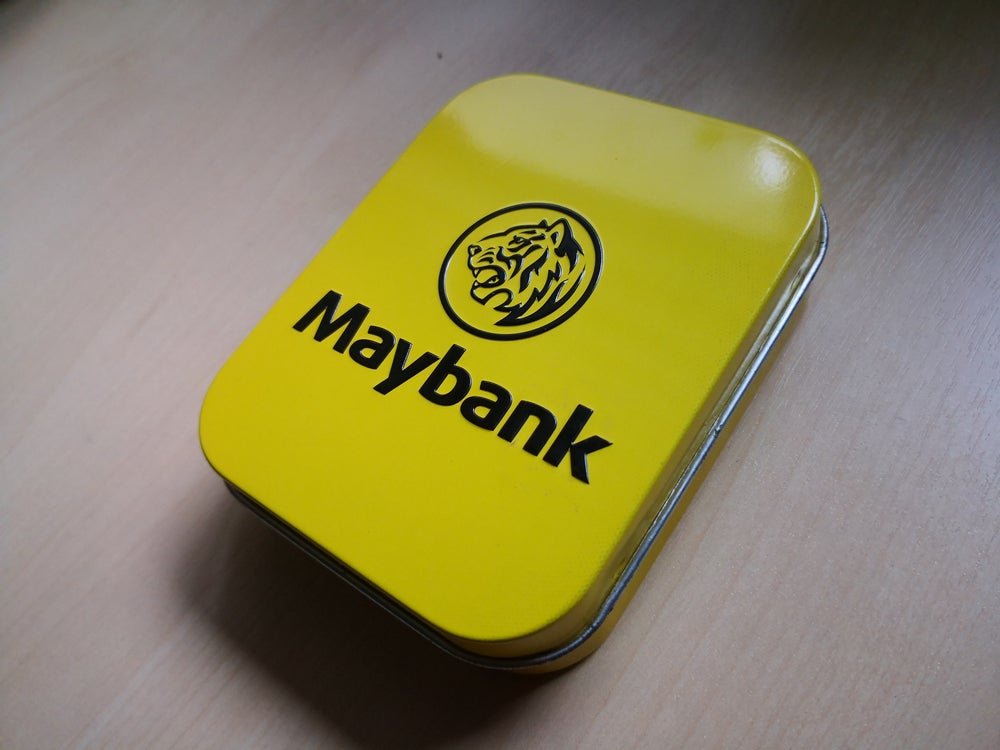Social Market Foundation’s (SMF) research paper "Branching out: the evolution of retail banking" describes the way banking has evolved from being largely branch-based to a multi-channel experience. Ellie Chambers talks to Barclays’ Steven Cooper, who supported SMF during the research, about what banks can learn from other retailers’ multi-channel strategy
When Nottingham Building Society launched the first electronic home banking service in 1983, MD John Webster said the Homelink service "could make a profound difference in the economics of branch banking."
He could hardly have known how true this was – 30 years on, banking has changed beyond all recognition and customers often make simpler transactions on home computers or their mobile devices.
However, the branch remains a key channel, with Social Market Foundation’s "Branching out" survey showing that out of the 1,008 adults asked 62% prefer face-to-face contact in a branch to any other way of accessing banking services.
But branch transactions cost banks far more than transactions on any other channel, with Diebold putting the figure at $4.25 per transaction, over 53 times the cost of a mobile banking transaction at £0.08.
In view of this, the branch channel is looking less and less attractive to the incumbent banks.
How well do you really know your competitors?
Access the most comprehensive Company Profiles on the market, powered by GlobalData. Save hours of research. Gain competitive edge.

Thank you!
Your download email will arrive shortly
Not ready to buy yet? Download a free sample
We are confident about the unique quality of our Company Profiles. However, we want you to make the most beneficial decision for your business, so we offer a free sample that you can download by submitting the below form
By GlobalDataSteven Cooper, head of personal and business banking, Barclays UK, says: "Balancing the needs of digital and traditional users is quite a challenge. You’ve got those who bank digitally and nothing but digitally and in fact they are pushing us to do more and more and you’ve got those who don’t want anything to do with digital and just want to bank in more traditional ways.
"Our job is to make sure that people have a choice in a way that’s commercially viable and is compelling for the consumer."
Following high street trends
SMF draws a comparison between banks and retailers, citing John Lewis as an example of a retailer that has developed a highly successful online channel without sacrificing bricks and mortar sales.
The UK retailer announced in January 2014 that it had increased in-store sales by 1.2%, online sales by 23% and Click & Collect by 60% over Christmas.
Cooper agrees that banks need to look to the high street for inspiration. He says:
"Think about the high street – Click & Collect has had massive growth – it’s the highest type of online purchasing.
"Amazon, for example, actually wants physical locations on the high street so people can collect.
"So what we’re looking at is how we can tap into that changing social need to create a destination that’s compelling for ourselves, for other retailers and for local communities.
"There will be other ways of partnering, of collaborating, of using technology. We’re in discussions with lots of third parties at the moment and we’ll see where they end up."
Reforming the bank branch
Clydesdale and Yorkshire Banks, owned by the National Bank of Australia, are just the latest in a series of banks to cut branch numbers, announcing that 28 banks will close their doors.
In the case of Clydesdale and Yorkshire, more money is being ploughed into alternative channels such as mobile and some branches are becoming ‘flagship’ stores – a model that sees the role of the branch recast.
SMF argues that what is needed a range of types of branch, with this larger flagship store situated in city centres.
Barclays’ partnership with Asda also forms part of this picture
Cooper says: "It’s not necessarily about the cost; it’s about how we can be more efficient and more effective.
"For example, one of the most important upsides of Asda, which doesn’t actually save us much money, is that someone can do more than one thing at once so it’s an efficient use of space – it’s good for the consumer.
"It’s open every day, it’s easy to do your parking and you can do your shopping at the same time."
Other branch formats that SMF says may emerge include branches with extended opening hours in commuter towns – much like the Metro Bank branches being rolled out in areas like Surrey.
SMF also sees streamlined branches focused on self service and remote support springing up in poorer areas, equipped with tools like the video tellers emerging from collaborations such as that between NCR and Bank of America.
The personal touch
While other channels are expanding in terms of usage and capabilities, few have the same user-satisfaction as the branch experience.
SMF’s survey found that 92% of respondents say they are satisfied with financial services provided within the branch, and 84% say the same of opening an account in branch.
Moreover, the new entrants to banking are turning to branches as a way of providing a high service level.
Metro Bank entered the market in 2010 and by the beginning of this year had 25 branches across Greater London and the South East, with a target of 200 by 2020.
Similarly Handelsbanken expanded from 62 UK branches in 2009 to 166 in 2013.
Branch expansion by these players demonstrates that they believe the branch still has a key role and will do for years to come.
Despite Barclays’ admission in January that it will close branches over time as customers change, Cooper agrees wholeheartedly:
"I don’t intend to stop branches, but I will have them where people want them and in a way where it is more convenient – such as our trial with Asda.
"Watch this space, there’s more to come."








